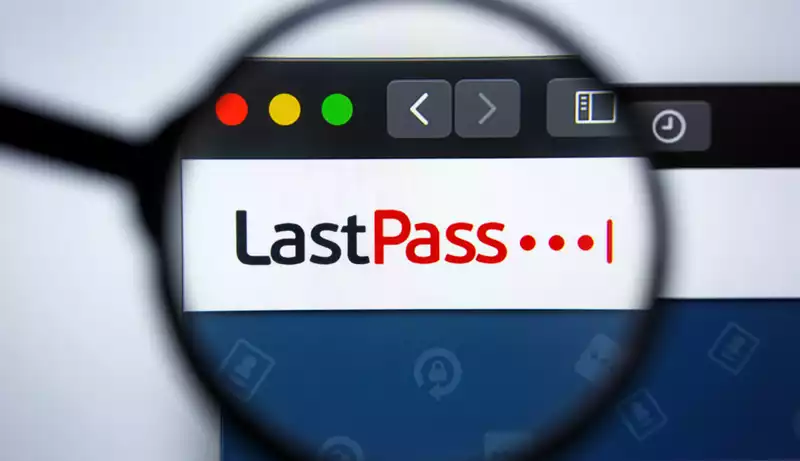The best free password manager will not be so free and easy next month.
Today (February 16) we learned that LastPass will be adding significant restrictions to its LastPass Free service, which for the past several years has provided everything you need in a password manager.
After March 16, LastPass Free users will no longer be able to sync passwords, credit card numbers, notes, addresses, and bank account information across all devices.
Instead, they will be limited to syncing within a class of devices, such as desktop or laptop computers, windows tablets and browsers running on them, or mobile devices such as smartphones, android tablets, iPads, and smartwatches.
This is a return to LastPass's policy prior to November 2016, when the free user password manager also limited syncing to one type of device; many other well-known paid password managers, including Dashlane, 1Password, and Keeper, free versions prohibit any synchronization between devices.
So if you are a LastPass user who syncs across multiple desktops, laptops, and even a few smartphones, your LastPass world will suddenly get a lot smaller unless you upgrade to the $36/year paid service. 6 users users can share the LastPass Families plan for $48 per year.
The changes, which LastPass explained in a blog post today, include.
"Sarah is a free user and her active device type is computer. However, she will not be able to use LastPass on her cell phone, tablet, or smartwatch unless she upgrades to LastPass Premium, which provides unlimited access to device type.
Steve is a free user and his valid device type is mobile devices. He can use LastPass on his iPhone, Android phone, tablet, and smartwatch, but cannot use LastPass on his desktop or laptop unless he upgrades to LastPass Premium, which provides unlimited access to device type. LastPass cannot be used on desktops or laptops unless you upgrade to LastPass Premium, which offers unlimited access to device types.
After March 15, the first device type you log into will be the restricted device type, but you can switch device categories up to three times. However, passwords and other items currently in the "vault" will not be lost.
Also, free users will no longer be able to contact technical support via email after May 17. Instead, they will be relegated to the forums and FAQs.
Don't get me wrong, there has never been much reason to upgrade from LastPass Free to LastPass Premium. While you can use a physical security key for two-factor authentication, share items with multiple people, use 1GB of encrypted file storage, and have someone monitor the "dark web" for your information, most people won't need these features.
We also know that LastPass owner LogMeIn has to make money, and LogMeIn did just that by raising LastPass' annual paid fee from $12 to $24 and eventually $36 in less than three years. made it clear. However, at the same time as the initial fee increase, LogMeIn released unlimited syncing on all devices for free.
If you are a LastPass Free user, you have several options next month.
You can continue to use the LastPass Free service. If you want to be crafty, you can register the two free accounts with different email accounts and cover both devices with the same content. Just remember to change the same password on both accounts at the same time.
You can also upgrade to LastPass's paid service. The $36 per year is not a lot of money. For now, LastPass offers an introductory price of $27 for free users who want to upgrade.
You can also switch to a password manager that offers unlimited syncing for free.Bitwarden is the new hotness on the block, but its free tier does not support two-factor authentication apps like LastPass Free.Zoho Vault's free version supports authentication apps.
You can also switch to KeePass, which is completely free. Like an ancient talisman, KeePass is very old and very powerful. However, syncing KeePass vaults across multiple devices requires many add-ons and hassles. If you don't want to go through the daunting technical challenges, it may be best to purchase one that you can take straight from the distributor.
Another option is to use a web browser password manager; Chrome, Firefox, and Edge have built-in password managers, and Macs have Keychain. However, these are limited to one browser or one manufacturer's device, and browser password managers are the first place many malware look when trying to steal information.
You can switch to other paid password managers; Dashlane has many features but starts at $60 per year; Keeper is $1 less than LastPass Premium at $35 per year and has excellent security; Mac users are 1 Mac users love Password, which is also $36 per year.
There are still some paid bargains. RoboForm is $24 per year, with a 30% discount for Tom's Guide readers. The aforementioned Bitwarden, which we have not yet reviewed, has a premium plan that has the same features as LastPass Premium but costs only $10 per year.
.









Comments